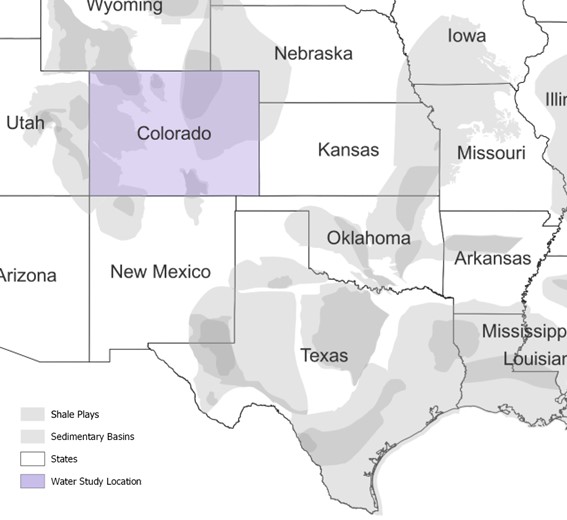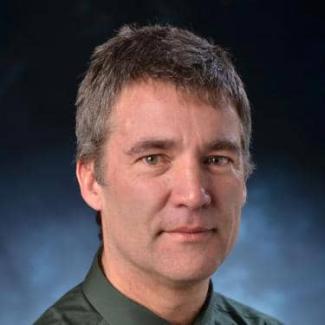Assessing the Effects of Unconventional Oil and Gas Development on Community Water Sources
The study is complete and now undergoing peer review and an independent quality assurance/quality control audit before HEI Energy releases the research report in the first part of 2026.
The goal of this study is to evaluate whether instances of community water supply contamination in Colorado and New Mexico might be the result of unconventional oil and gas development (UOGD). The study will be useful for understanding the UOGD operational conditions that might present a risk to community water supplies. The investigators will apply the following methods to achieve their goals:
- Analyze existing groundwater and surface water quality data for community water supplies near UOGD and examine correlations between water quality and oil and gas operational data.
- Examine temporal and spatial correlations between UOGD and community water supply contamination to identify possible exposure pathways.
- Model contaminant transport along possible exposure pathways to evaluate the feasibility of the pathways connecting community water supplies with UOGD.



